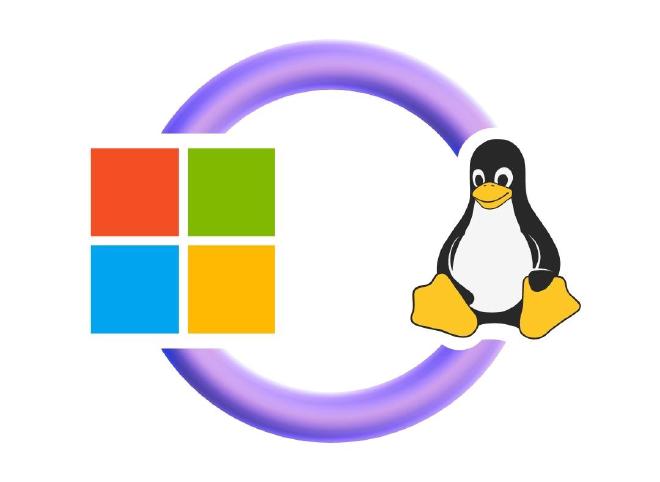Microsoft's Stance on Linux and Open Source

As everyone knows, the primary competitor of the Linux operating system is Microsoft and its Windows operating system. Therefore, their relationship is expected to have a sense of hostility, and indeed, that was the case. Microsoft used to be the biggest enemy of Linux and the open-source movement. But is that still the case today?
As a refresher, “open-source software” refers to programs whose source code is made available to the public, allowing for transparency and the ability for the community to develop, modify, and redistribute them freely. One of the most popular examples of open-source software and the leading project in the open-source movement is the Linux operating system.
Over the years, Microsoft has transformed its relationship with open-source software and the Linux community. This shift was a significant development in the technology industry, as it brought together what seemed to be conflicting forces and helped drive innovation and collaboration.
At the beginning of this century, Microsoft viewed the open-source community as a threat to its license-based business model. The company’s CEO at that time even referred to Linux as a “cancer.” Microsoft engaged in monopolizing numerous patents and used them to file lawsuits, often resulting in losses, against companies that adopted and supported open-source software.
However, over time, Microsoft began to change its perspective and acknowledged that open-source software could be a valuable tool for driving innovation and supporting business growth. By embracing open-source software, Microsoft was able to benefit from the expertise and creativity of the global open-source community and contribute to the development and growth of open-source projects.
One of the most prominent examples of Microsoft embracing open-source software was its significant contributions to the Linux project. It added code multiple times to enhance networking, security, and other features of the system. Microsoft also released the Windows Subsystem for Linux (WSL), which allows developers to run Linux within Windows, making it easier to create cross-platform applications.
Of course, we cannot overlook Microsoft’s most significant commitment to the open-source community, which was its acquisition of GitHub several years ago. GitHub is the world’s largest hosting platform for open-source software. Microsoft continued to invest in GitHub and made substantial contributions to open-source projects hosted on it. The company also open-sourced many of its own projects.
In addition to all these contributions, Microsoft is also a member of the Open Invention Network (OIN), which is a group of companies that share patents and intellectual property licenses with each other, agreeing not to assert them against Linux and Linux-based systems.
In general, the perception of hostility between Microsoft and Linux in some people’s minds may have been true at some point, but today, it is entirely different. Microsoft is considered a leading company in supporting the open-source community, and it continues to support this position consistently over the years, whether through small gestures like open-sourcing its “Calculator” program or significant global actions like acquiring the largest hosting platform for open-source software and participating in the Open Invention Network with over 60,000 patents. Technology companies should learn from Microsoft’s past and take it as an example, and conclude that the war against open-source is a losing battle.